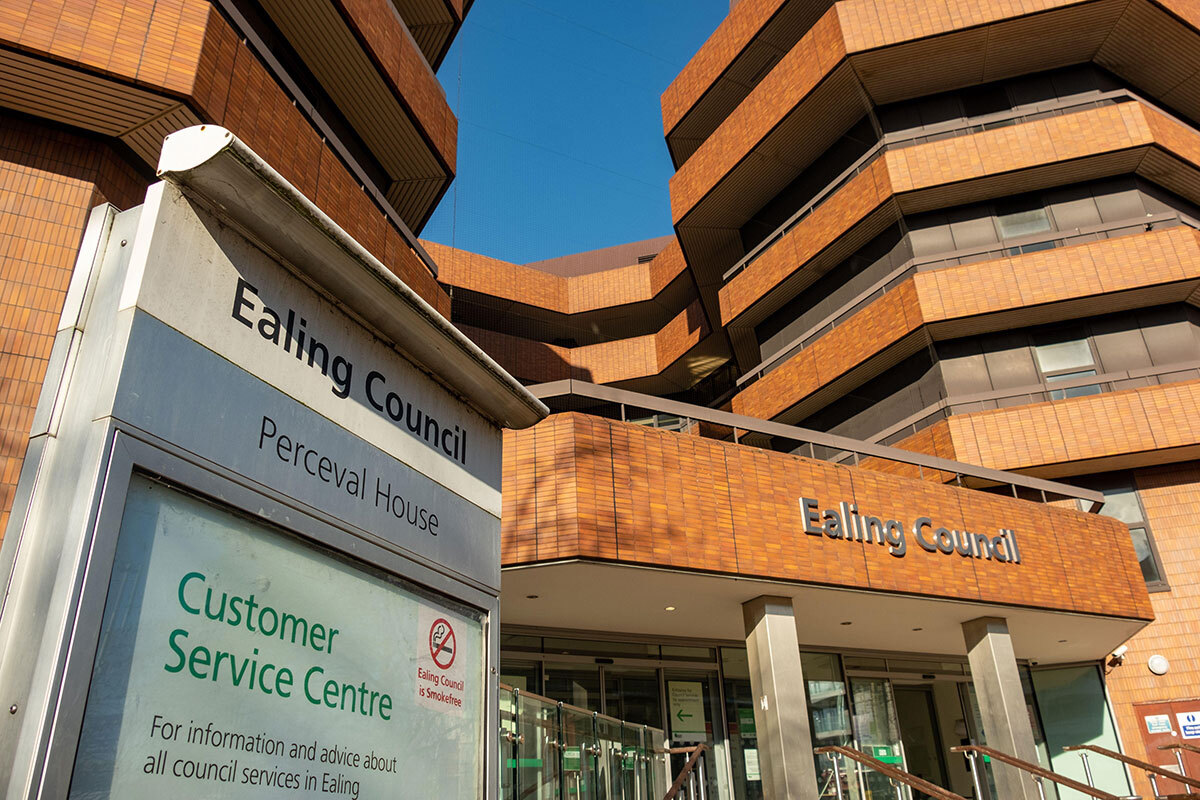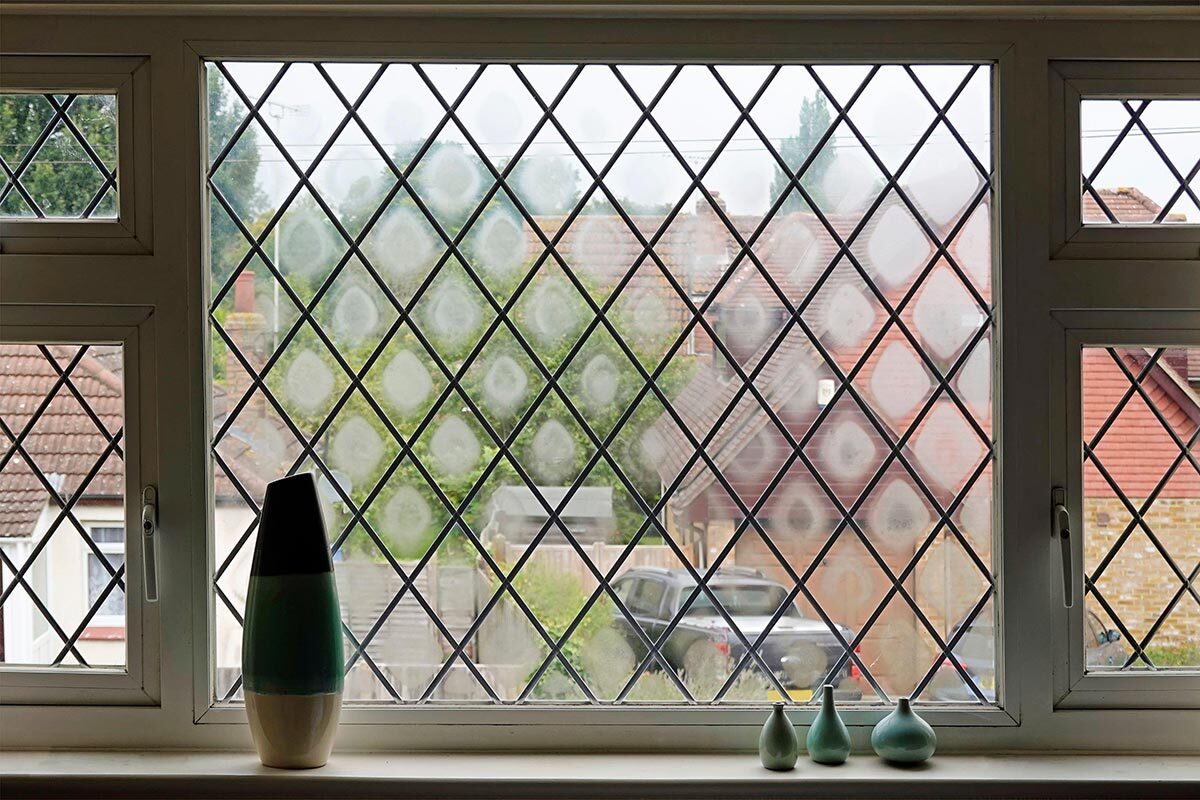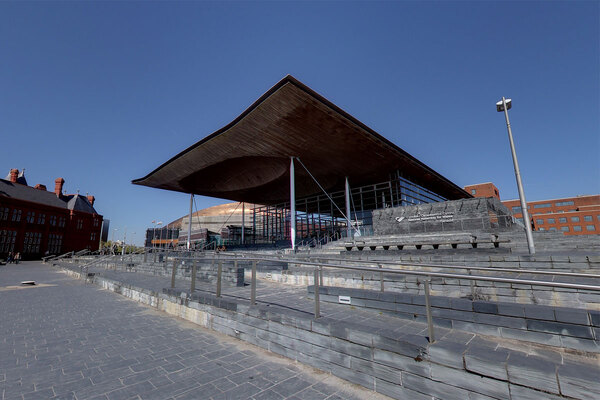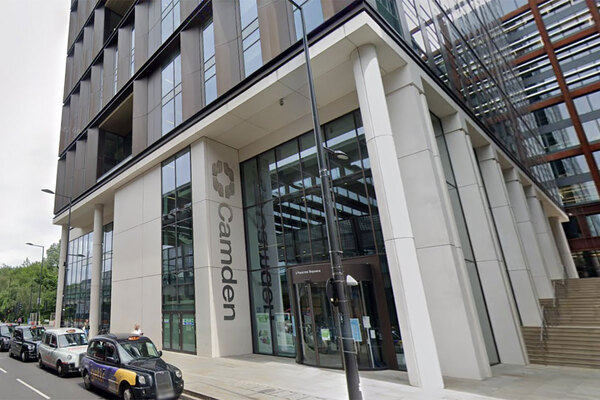Large council’s disrepair cases up 1,584% in five years
The legal disrepair cases of a large Northern council have surged by 1,584% in five years.
According to a recently published report on Sheffield City Council’s housing disrepair cases, the number of new cases the council received as of April 2018 was 117, compared with 1,970 as of April 2023.
The cost of the cases, including legal fees and compensation paid to residents, has increased from £292,655 in 2018-19 to £2,986,269 in 2022-23, up 920%.
The cost of cases for the first four months of 2023-24 was £1,309,324.
Inside Housing research previously revealed an exponential rise in the number of disrepair cases being brought by tenants against their council landlords.
Across England, legal costs nearly doubled for local authorities between 2017-18 and 2020-21, while the number of cases increased 132%.
According to Sheffield’s report, which went before its housing policy committee this month, caseloads for disrepair have “steadily increased since 2018”.
“Disrepair cases have increased not only due to a pause of non-urgent repair work in 2020 due to COVID-19, but also due to changes in legalisation.
“Our legal team advised us back in 2021 that, in their professional opinion, we will continue to see cases increase.”
The report includes two other reasons for the increase in cases, including the Homes (Fitness for Habitation) Act 2018, which came into full force in England in March 2020.
The law requires all landlords in England to maintain their properties to meet minimum standards of human habitation and aims to protect tenants by giving them the power to take legal action against landlords they believe are not doing so.
The council also put the increase down to changes in the funding of personal injury claims, under which solicitors can now only claim fixed fees for those cases.
As a result, ‘claims farmers’ moved over to disrepair cases, where they could claim higher costs.
The report also revealed a shift in the split between the percentage of damages paid to residents.
“In general, this has decreased from 52% to 30% in each case, with a greater share going to the tenant’s solicitor,” it said.
The council believes that the number of cases will begin to go down.
“Caseloads have continued to increase over the last three years, but we feel that as we commence the new financial year, we may have reached the peak case numbers.
“We do not feel that case numbers will return to pre-COVID levels of 117 to 200 cases per annum. However, we forecast that it is likely that we will see new monthly cases of around 50 to 70 per month, so around 500 to 840 new cases per annum, moving forwards,” according to the report.
To respond to the challenges, the council recently introduced a triage process for all disrepair cases.
The process involves improving customer service by aiming to ensure that a staff member from the council speaks directly to the resident; in-house teams carry out the diagnosing of repair works; and residents who have never reported repair work are signposting to the council’s complaints process.
The council said it has “worked hard” to complete as many disrepair works orders as possible over the past 12 to 18 months.
“Our aim is to complete work within our repairing obligations. Due to the large volume of cases, this is difficult with our current resourcing levels within the repairs service.
“Works orders vary in nature and content of work. Some are complex and contain a large amount of repair works which affect several rooms within a property.”
The council has an early-resolution improvement plan in place, which includes proposals to recruit a surveyor who can deal with more complex cases to support the pre-inspection regime; to engage additional staff resources; to analyse disrepair cases to establish any trends; and to research the use of environmental sensors in homes experiencing damp and mould.
The report said it was “clear” that the council needed to invest in further repair teams to ensure that it could complete a higher number of works orders per month.
“If we can complete 95% of repair work within 55 days this is likely to save an estimated £4,200 per claim, which if we receive an average of 804 new claims per annum, would be a saving of £3.5m.
“We are currently only completing 6.5% of disrepair repairs within the 55-day target. This is due to prioritising cases from our backlog,” the report said.
This is down from the 8% previously reported.
“It should be noted that we have increased the number of cases completed per month over the last four months in the main, however in June we completed some large scale and complex cases,” according to the report.
It said that “realistically it is anticipated that we will require an additional four teams of operatives on a temporary basis over a 12-month period to complete all backlog cases.
“Once the backlog cases are complete, only then can we operate on a basis of all new cases coming to the council being completed within our 55-day repairing category.
“The other challenge for us is the availability of skilled labour being available in what is currently a highly competitive market for the construction sector, not only within Yorkshire, but across the whole of the UK,” the report said.
Sign up for our asset management newsletter
Already have an account? Click here to manage your newsletters












